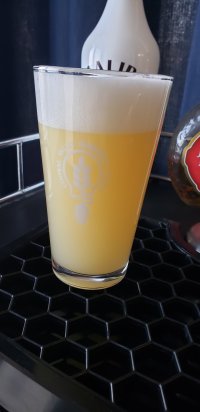mattman91
Well-Known Member
- Joined
- Jan 29, 2021
- Messages
- 283
- Reaction score
- 918
I’m planning on brewing a Hefeweizen in a few weeks. It has been a while since I brewed one. The last time I used 3068, but now I stick to dry yeast exclusively.
My question are:
1. Anyone tried this strain for a hefe? I hear it is compatible with 3068.
2. For a 3 gallon batch, should I use the whole pack? I’ve read a lot about under pitching for the style. No idea how much I should use for a 3 gallon batch.
Prost!
My question are:
1. Anyone tried this strain for a hefe? I hear it is compatible with 3068.
2. For a 3 gallon batch, should I use the whole pack? I’ve read a lot about under pitching for the style. No idea how much I should use for a 3 gallon batch.
Prost!



